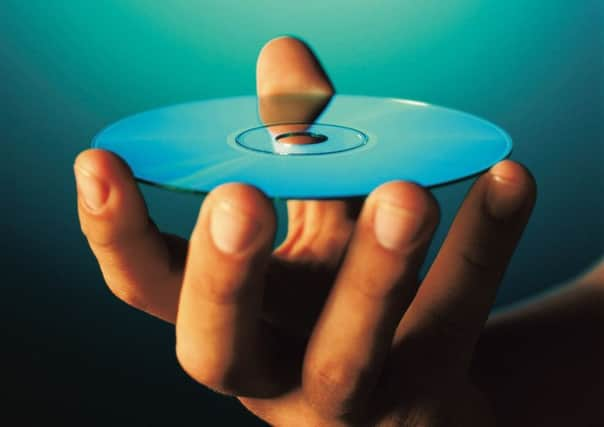How to play DVDs on a laptop without a disc drive


Streaming services like Netflix have made optical discs redundant for many of us, yet for some genres – old TV shows, for instance – they are the only medium available. You can, of course, pop them into a standalone player beneath your TV but if you want to take them with you to the spare room, or watch them on the privacy of a laptop, you may find they are less portable than you thought.
That’s because disc drives themselves are absent from smaller, lighter computers and because Windows 10 does not come with software that can play them.
Advertisement
Hide AdAdvertisement
Hide AdThere are workarounds for both these shortcomings, however. Buying a £20 external DVD unit and plugging it into a USB socket is one way of doing it, but it’s cumbersome and unwieldy. A more elegant solution is to use a disc drive already built into another PC in your house.
So long as you have a router to distribute broadband to around your home, there is no reason why the DVD player – or any other storage drive, for that matter – in one desktop computer cannot also be accessed by every other device you use.
Assuming you’re sharing between Windows machines, it’s quite easy to accomplish, and entirely without expense.
The steps differ according to which version of the system you’re using, but in principle it’s as easy as opening Explorer on the source computer, right-clicking on the DVD drive and choosing the option to share it with everyone on the network.
Advertisement
Hide AdAdvertisement
Hide AdYou will then find it listed under Remote Drives on all your other machines. When you want to play a disk, you simply pop it into the source machine and double-click the drive on the PC you want to watch it on. A remote disc sharing feature on Apple’s Mac OS X does a similar job.
You will, however, need a software player to compensate for the absence of one in Windows. There are many available, but the long-established and free program VLC is the best solution for no-nonsense playback of DVDs and indeed any other media files on your network. It’s as easy to use as the player under the TV, it supports subtitles and alternative soundtracks such as directors’ commentaries, and it comes without adverts. You can download it from www.videolan.org, and while you’re at it, pick up versions for your Apple or Android phone or tablet.
The same principle works for installing software from a DVD disc on a computer without a drive, and for playing audio CDs – although ripping the music from the disc to the hard drive or a USB stick is a more flexible answer.
It is also possible to rip the contents of a DVD, using a piece of free software called Handbrake. The files it produces will be very large but they can be transferred freely between computers. Even commercial discs with copy protection can be shared in this way, for your personal use, with the addition of a single file to your computer. You will find the file and instructions online.
Advertisement
Hide AdAdvertisement
Hide AdIf you’re comfortable with such operations but you’re considering gifting a DVD to someone who is less so, you way want to consider ripping it in advance and wrapping the disc for Christmas with an accompanying USB stick as an alternative viewing method. The disc itself will make an ideal decoration for the bookshelf – right next to that Sparklets dispenser.